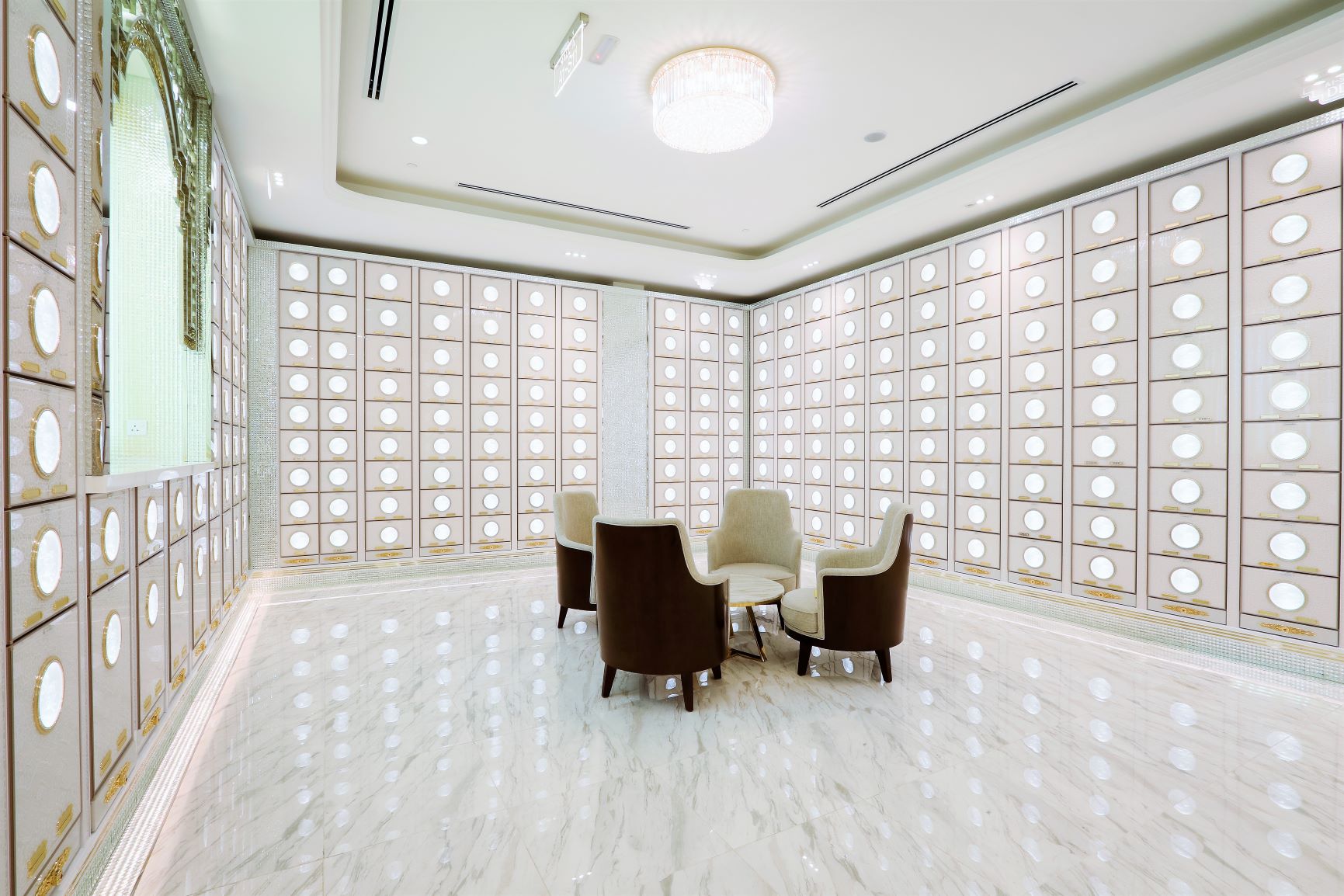
骨灰阁和骨灰灵位
骨灰殿是一所建筑,用于存放骨灰阁里的骨灰瓮,它可以是独立结构建造,也可以藉由许多类似鸽子的巢室所建成。事实上,columbarium这个术语来自拉丁哥伦布columba,过去是鸽子分区筑巢的地方。
如今,土地资源缺乏,加上价格便宜,火化愈发普及,骨灰阁自然成为人们选择的最后安息地。一般的公共墓地和风景墓园的骨灰阁,前者由政府管理,后者则由私有公司管理。随着时代变迁,为了便捷和多元选择,大部分的公共墓地和风景墓园都有设置骨灰阁。
以前,骨灰阁是佛教寺庙和基督教堂建筑的一部分,作为当地教会或社区的福利用途。由于越来越普及,现在的骨灰阁多半是独立建造,还附加文化、宗教等不同的主题。而私营的骨灰阁还提供额外的便利设备,包括访客休息中心、冷气设备等等。
Columbaria and cremation niches
A columbarium is a construct used for the storage or final resting place of cremated remains in cinerary urns. They can be free standing structures or part of a building with many niches resembling dovecotes. In fact, the term “columbarium” comes from the Latin term “Columba” meaning “dove” which in the past was used to describe nesting compartments for doves and pigeons. The plural term for columbarium is called “columbaria”.
Columbaria nowadays are popular choices as final resting places due to the growing popularity of cremation, economics in terms of pricing, and the increasing scarcity of land. Like cemeteries and memorial parks, columbaria can either be privately or publicly managed although most cemeteries and memorial parks nowadays will also include columbaria for added convenience and to maximize options in terms of choice.
Previously, columbaria are usually a part of religious complexes such as Buddhist temples and Christian churches as an extra benefit for local congregations or communities. Due to growing popularity and demand, columbaria are nowadays independent, elaborate structures reflecting cultural, religious, or even fanciful themes. Privately managed columbaria may even offer the convenience of extra amenities and luxuries such as visitor’s centers, lounges and air-conditioning.
